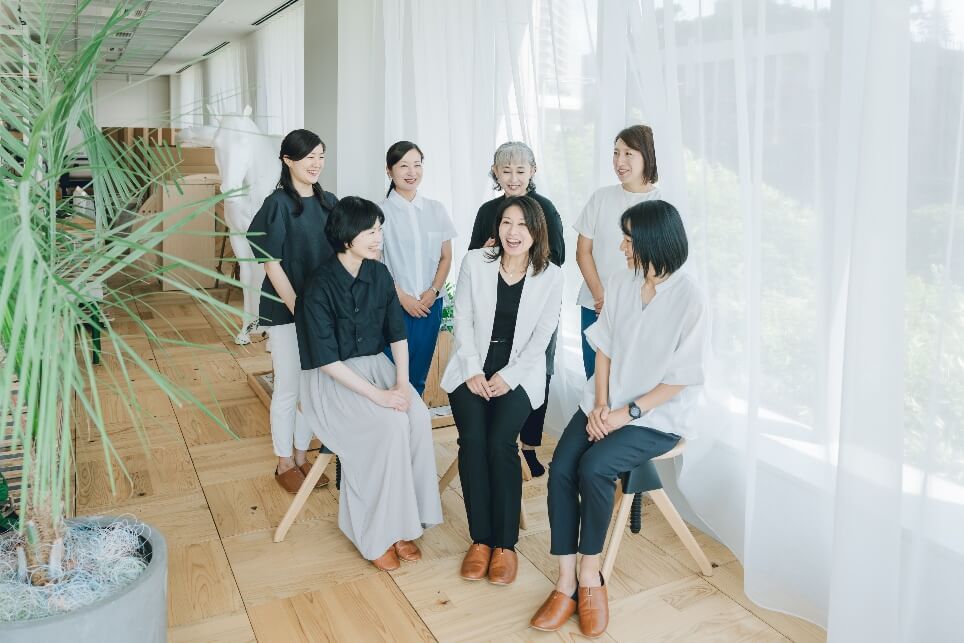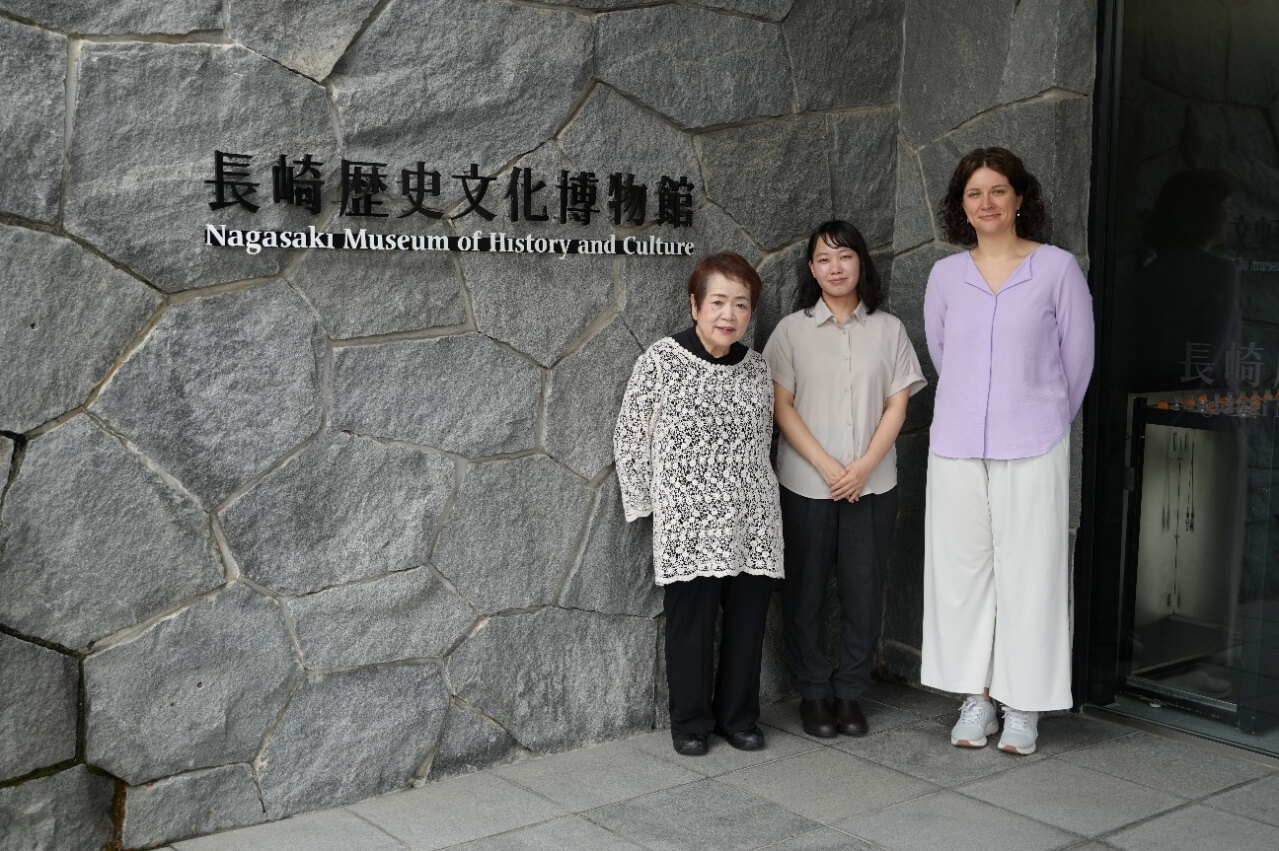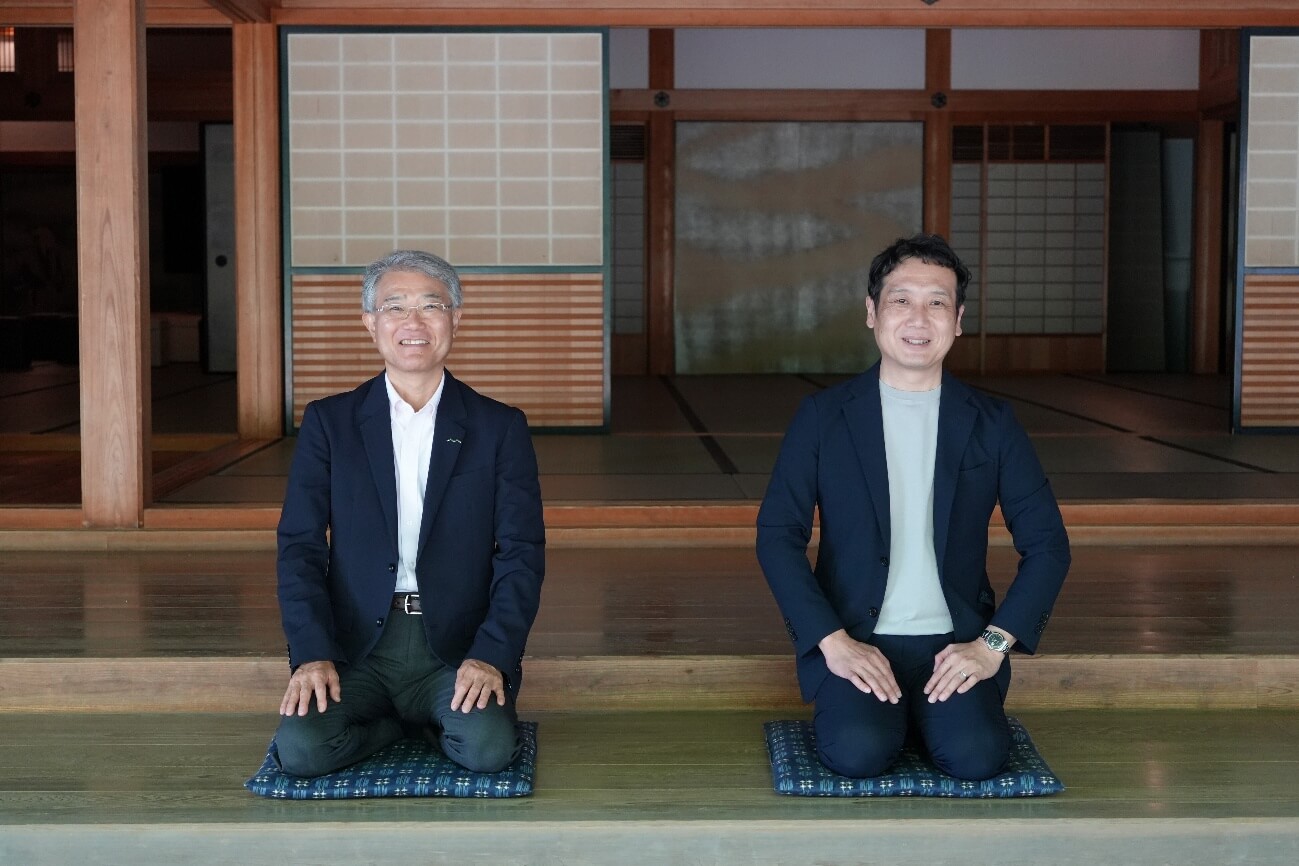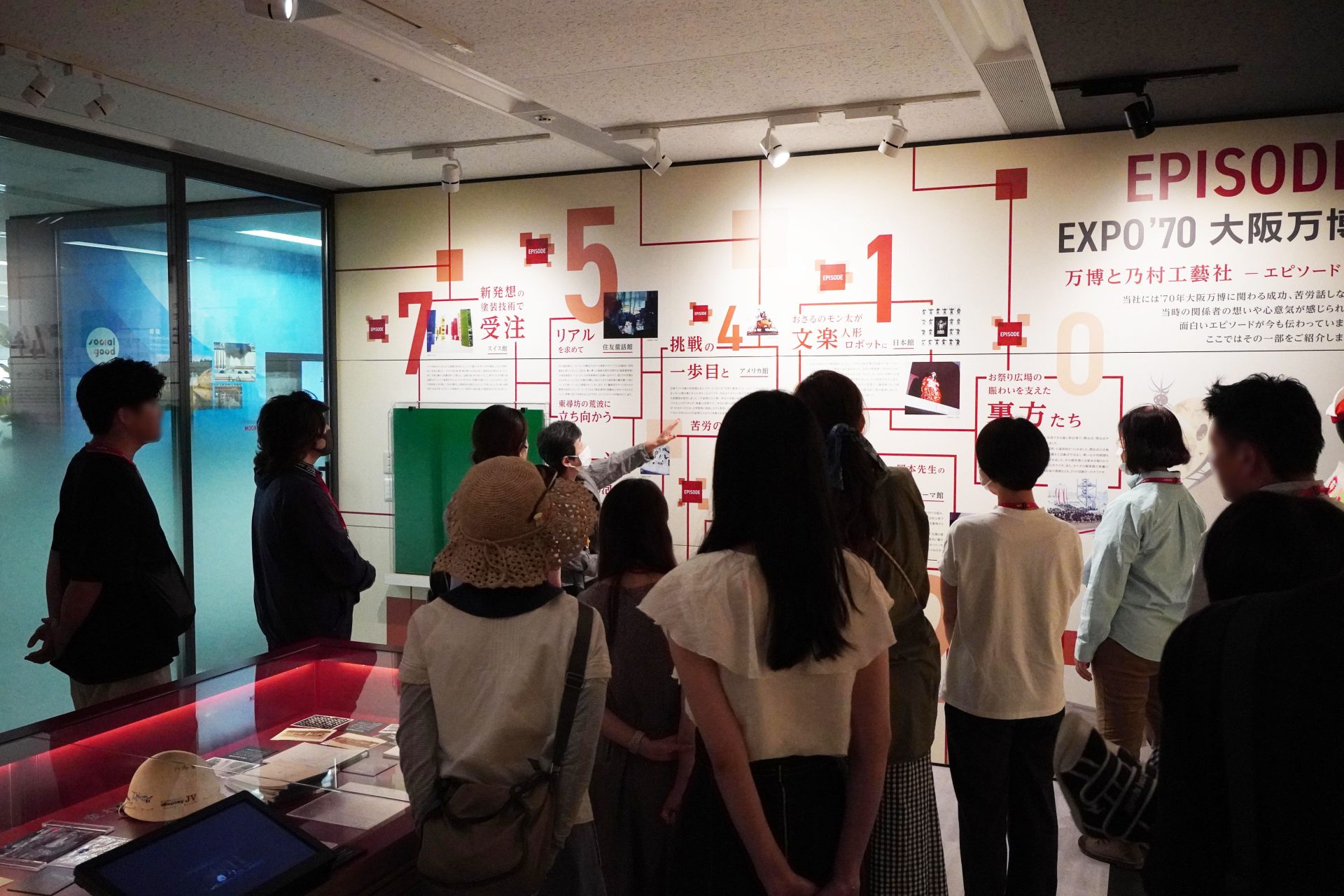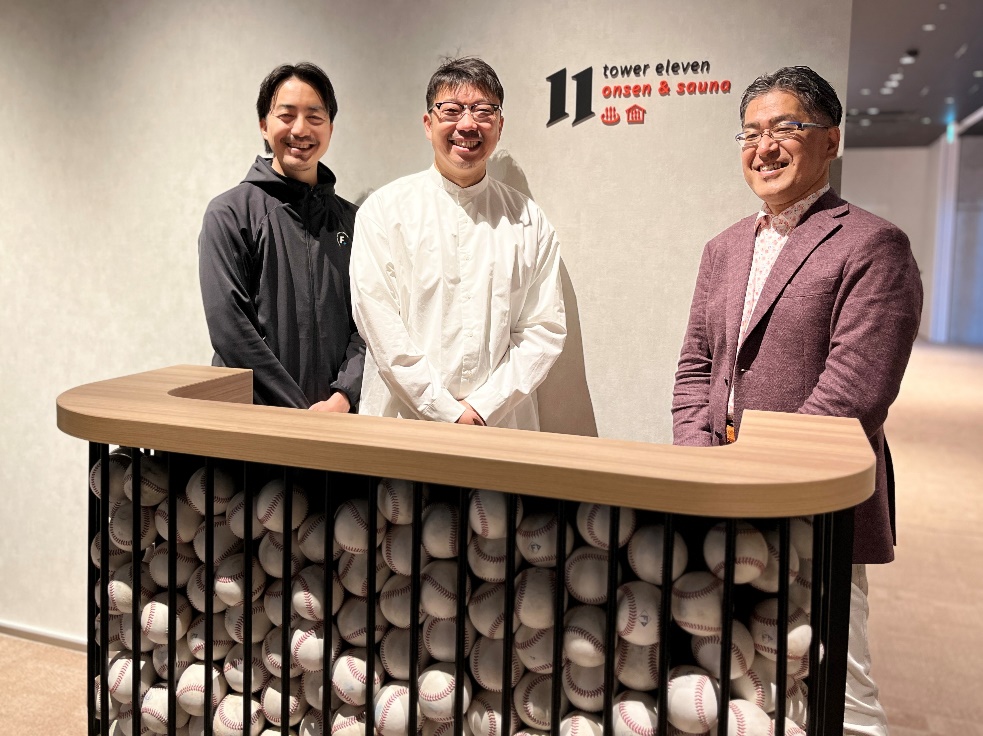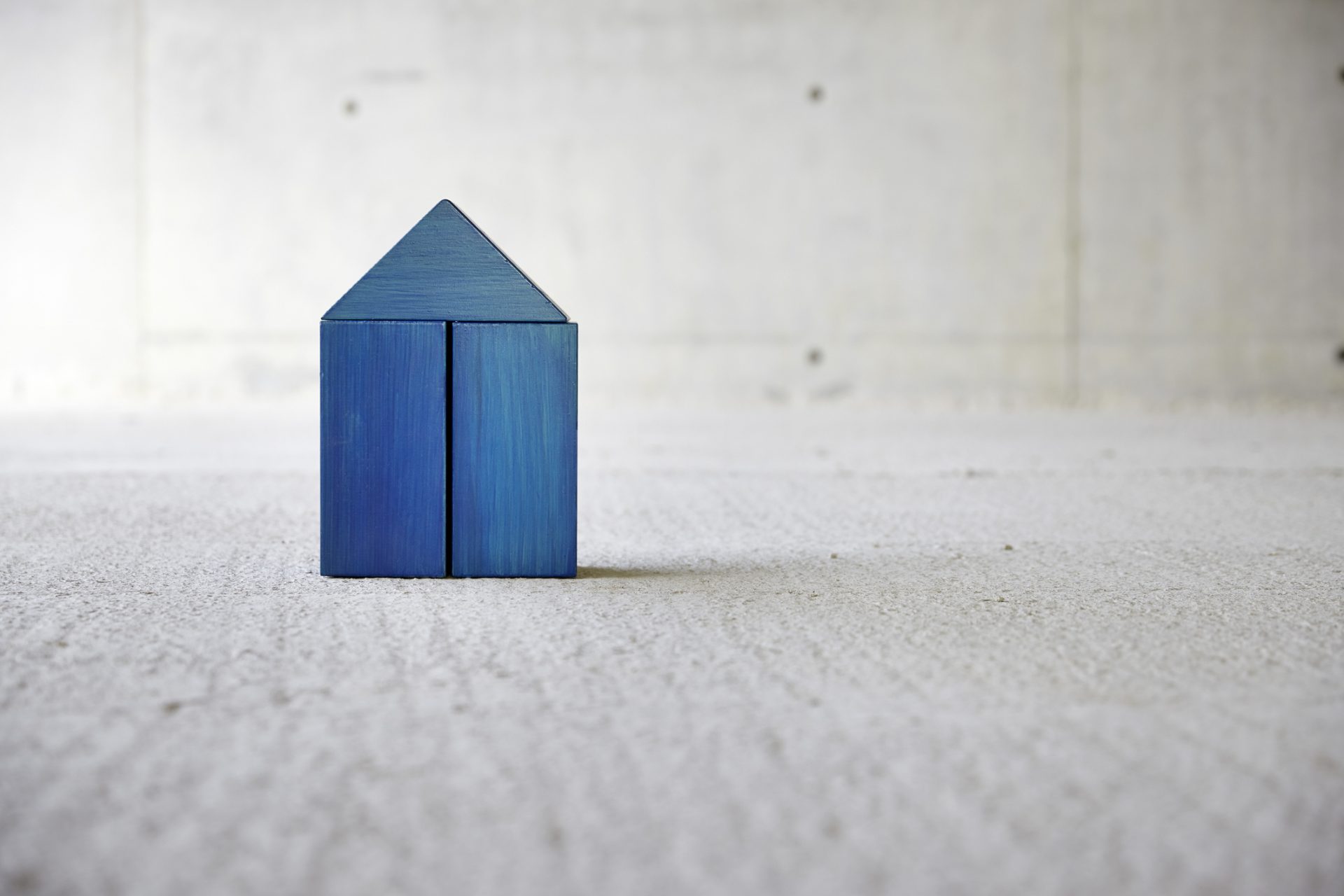
- text and edit by
- Satoko Yokota
Looking back on the days of childcare at home
Due to the influence of the new coronavirus, we understand that many people have had a great deal of trouble in order to get used to the new lifestyle that comes with preventing infection and refraining from going out. As a mother of a 3-year-old child, I experienced childcare and working from home for about 2 months.
At the beginning of this life, I tried to protect my family from virus infection, to balance childcare of a 3-year-old child who was not yet good at playing alone and work from home, and to maintain my mental state in an environment where I refrained from going out. It was every day to repeat.
And now that the state of emergency has been lifted, I have tried various things to survive this new life, and when I look back on the points that saved me the most, I feel that they can be summarized in the perspective of "management". I'm here. They can be roughly classified into the following three categories.
Time management / play management / mind management
From now on, we will be transitioning to a new normal, or a new lifestyle, but for the time being, we will be spending more time with our families, keeping in mind the possibility of a second wave and continued infection prevention. I would like to introduce the contents of the perspective of "home childcare management in the corona wreck" that can be summarized now in the hope that it can be used in the new lifestyle in the future.
*This is based on my personal experience only. Please understand that some points may not be helpful depending on the child's age, gender, preferences, and home environment.
1|Time management
Create a childcare shift and work room
First of all, my husband and I were fortunate enough to be in an environment where we were each allowed to work 100% from home and raise our children at home. In order to prevent children from feeling stressed by major changes in their lives, we made a weekly schedule of childcare shifts, with the rule that "one of the parents should always face each other."
Also, I used a private room as my work room, so I greeted my child by saying, "I'm going to work." By the time I got used to it, my child would ask me, "Who's working today?"
Create a child's daily schedule
I wrote down my child's daily schedule with reference to how to spend time at the nursery school so as not to disrupt the rhythm of my life.

[morning]
1. Creative time: Activities that use your hands and mind, such as handicrafts, drawing, drills, etc.
2. Exercise time: Activities that mainly move the body, such as yoga, gymnastics, and body play
[afternoon]
3. Play time: free activities such as pretend play and puzzles
However, the other party is a capricious 3-year-old, so it doesn't go according to schedule like work. The important thing is to keep in mind the rough flow of time, and to have meals and naps other than play at a fixed time every day. If anything, it is a schedule for adults to move independently.
It is OK even if the content of the game is slightly biased. By changing the contents of the play time every 30 minutes to 1 hour, I was able to keep the fun feeling of "What should I do next?"
2|Play management
While keeping in mind the balance between the three types of activities mentioned above (creation, exercise, and play), the key point was to use things at home as many times as possible to expand the variety of play.
for example…
Creation: Put stamps and stickers freely and add various pictures by imagining the scene.
Exercise: Try to imitate the facial expressions and poses of people in picture books instead of just relying on video content.
Play: Try “pretend play” with a theme
In particular, there were many suggestions from children about "pretend play", and I tried to classify the examples of fun development into several patterns.
CASE 1 | Develop small things into theme play [Ice cream shop]
I folded a lot of colorful “ice creams” with origami, drew illustrations that express each flavor, and created a signboard to create a space. Then, after that, he sold the clay mold-cut “cookies” and marble “juice” he made as a side menu. I was delighted to see how the shop was decorated with the things I made.

CASE 2 | Combining things with different uses to create a space [train play]
I put a long row of building blocks together, with animal figurines as passengers, and a chair at the top to act as the driver. Then, he used the microphone himself to greet the passengers, converse with each passenger, and go around giving out snacks, becoming a driver in his own way. Just by arranging the same thing for a long time, an impact as a likened space is created.

CASE 3 | Develop various scenes with one theme [Nursery school play]
A play that started at the request of a child, recreating a day at a nursery school by pretending to be a nursery school teacher or a child's parent. Become a school lunch teacher, play cooking, play a birthday party, play a walk, take a sick child to the hospital and play doctor... I went. Especially this play is a favorite, and it continues for a long time every time.
 *The image is an image.
*The image is an image.
Here are the points that I think are important in managing "play" through the process so far.
・Chain: Once you create something, make use of it in the next play
・ Spatialization: Using a large space dramatically expands the way you can enjoy it
・Mimicry: Pretend play can be anything
However, it is also important that adults do not manage too much in order to increase the independence of children. It seems that the point is to maintain a balance between "children's autonomy" and "management from the adult side" as they grow.
3|Mental management
Here are some things I've been conscious of in order to survive unusual situations and maintain a healthy mind.
1 day, 1 yoga
I did it every day as early as possible while watching my favorite kids yoga videos. By regulating my breathing, I was able to feel a sense of mental space.
Rely on videos for housework time
Even if you have a shift table, there will be times when you cannot face each other due to delays in meetings or overlapping meal preparations. In such a case, we set a time of "30 minutes" and had the child watch the video, so that we could secure time for each other.
Looking for play tips online
At the end of the day, I'm looking forward to searching for information on what to play tomorrow. It's fun to try out various games while being inspired by other people's ideas.
When it boils down, video call
When kids get tired of monotonous play, get upset, or when parents feel a little tired, connecting with family, friends, and nursery school friends online has saved them.
Sleep well without overdoing it
It's also for health, but if your brain doesn't work, you can't enjoy playing with your children. I tried to get as much sleep as possible.
During a nap, at your own time
I sometimes end up sleeping with my child during nap time, but I treated it as a special time just for me and spent it as I wanted.
Life management in post-corona

In this article, I tried to take up the experience of "childcare at home" that happened in my own life from a management perspective. “Management” used to be a word that was often used in business, but in the new post-corona life that is about to come, there will not be many situations where it can be used in various situations in life, including private time. I think.
For example, the introduction of telecommuting and staggered commuting will bring about major changes in work styles and lifestyles. It is conceivable that things and things that have been managed by going to work in the past will shift to "self-management" where people manage themselves.
If remote work becomes the standard, I think there will be more people who have multiple living bases and choose a base according to the social situation. In such a lifestyle, I think that flexible management of work and private time will be the power to survive in the new era.
Going forward, we will continue to consider things that occur in everyday life in the New Normal and social issues, while focusing on spatial experiences.
Like this article?

